Last updated on June 18th, 2025 at 10:50 am
- Dupuytren’s contracture is a hand condition causing thickened palm tissue and bent fingers.
- It progressively limits hand function for daily activities.
- Physical therapy and targeted exercises can improve flexibility and slow progression.
- Key techniques include stretching, massage, and grip strengthening.
If you have developed flexion contracture of one or two fingers with a tight cord on the base of the finger that makes it difficult to straighten it, then chances are it is due to a disease known as Dupuytren’s contracture.
Although there is no cure, research proposes a treatment protocol that combines surgical intervention, night splinting, and home Dupuytren’s contracture exercises 2.
This article will discuss the causes of Dupuytren’s contracture and possible risk factors. We will mainly focus on symptoms and post-surgical home exercises.
What Is Dupuytren’s Contracture?
To understand Dupuytren’s contracture, let us start with a case study.
“A 60-year-old housewife has pain in the right side ring finger, and the finger has remained bending for the past week. It’s painful when she tries to straighten it. She described that one week before, she experienced pain in the right ring finger and little finger spontaneously at midnight.
She described that the finger started to bend for itself; it was painful to try to straighten it. The next day, she went to her family physician, who advised her to take medication along with some exercises. After one week, she came to physiotherapy for further consultation.”
So, what is Dupuytren’s contracture?
Dupuytren’s contracture is a fibroproliferative disorder of palmar fascia that causes flexion contractures of one or more digits 1.
It is the fibrous thickening and shortening of palmar aponeurosis that results in flexion contractures of one or more fingers. It can affect any finger, but it commonly affects the little finger and ring finger.
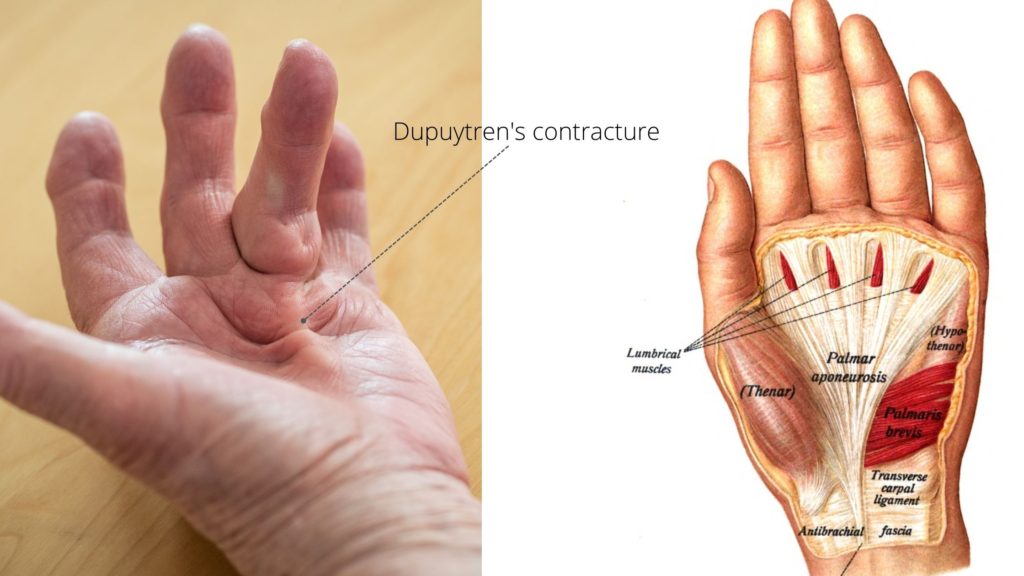
The palmar aponeurosis is normally a thin but tough membrane underneath the palmar skin. It is proximally attached to the flexor retinaculum and distally to the base of the proximal phalanx.
In Dupuytren’s contracture, the palmar aponeurosis becomes thick, and slowly, contracture starts developing, causing the finger to go down into the palm.
To start with, nodular swelling develops at the base of the ring finger, gradually bending the finger first in the MCP (Metacarpophalangeal) joint and then the IP (Interphalangeal) joint.
It affects the ring finger and little finger; in an established case, the cord-like thick structure is visible outside. In the latter case, the capsule experiences an adaptive contracture.
Dupuytren’s Contracture Symptoms & Stages
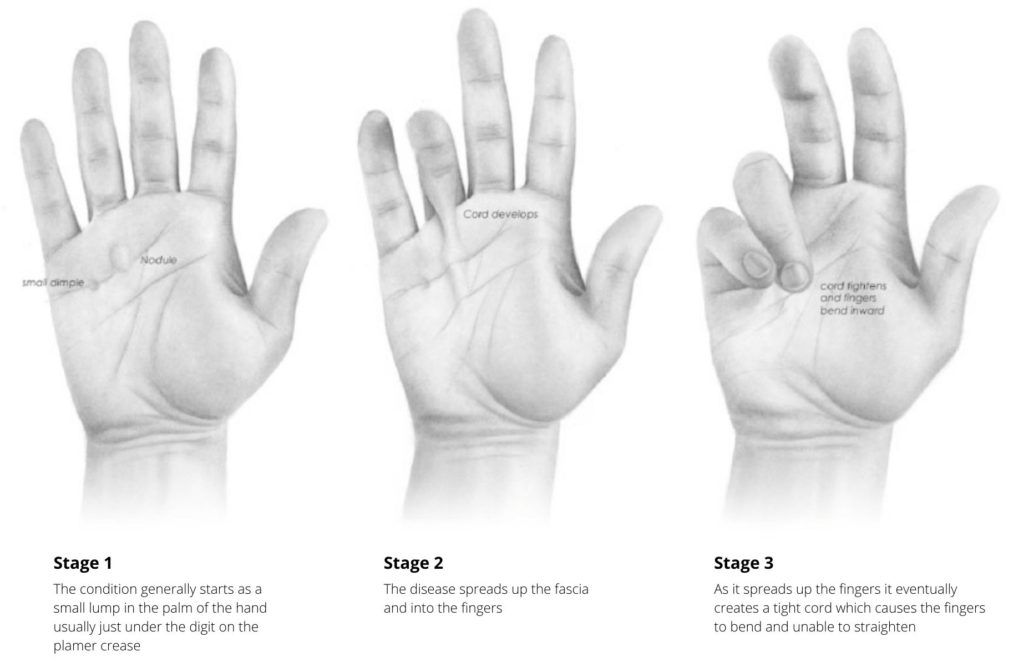
Early Signs (Stage 1): Nodules & Mild Tightness:
As you can see in the figure (Image credit), it starts as a simple nodule in stage 1, which is the Dupuytren’s contracture early signs.
It is a painless nodule that often goes unnoticed until it turns to stage 2.
Progression (Stage 2): Fibrous Band Formation
In stage 2 there is a noticeable fibrous band formation can be seen. If you find such symptoms, you should immediately see doctors who treat Dupuytren’s contracture.
Advanced (Stage 3): Permanent Finger Contracture
As the disease progresses, it reaches stage 3, when a tight cord causes the fingers to bend and cannot straighten.
Once contracture develops, the fingers get in the way affecting simple everyday tasks such as face washing (poking the eye with the affected digit), combing hair, putting the hand in a pocket or glove, driving or playing sports.
Dupuytren’s disease often develops in both hands (hand dominance is unrelated). It most commonly affects the ring and little fingers, followed by the index, middle fingers and thumb.
Disease severity and impact on life are variable but worse in young individuals with aggressive disease1.
Risk Factors for Dupuytren’s Contracture
The cause of Dupuytren’s contracture is unknown & uncertain, but common factors are usually associated with such cases.
- In some cases, familial involvement is suggestive of hereditary.
- It appears in middle-aged and elderly people and affects men more than women.
- It is commonly seen in older males suffering from diabetes.
- Sometimes, it is found to be related to trauma/injury to the tissue palm
. Many cases have been found related to epilepsy due to regular intake of the anticonvulsive drug.
5 Best Dupuytren’s Contracture Exercises for Relief
Before moving to exercises, I want to mention Dupuytren’s contracture enzyme treatment. It is a non-surgical treatment in which a hand specialist injects a special enzyme treatment directly into the cord, causing limited mobility in the finger.
The enzyme releases the cord. Within 24 hours of injection, this tight cord is released under local anaesthesia.
Physiotherapy intervention should start as soon as the problem is diagnosed. Physical therapy and other conventional treatments will best work on stage 1 and stage 2—the final stage, i.e. stage 3 needs corrective surgery followed by splinting and physiotherapy exercises.
We will come to exercises; here’s a brief on what to expect when you visit your physiotherapist.
- In early-stage DTFM (Deep Transverse Friction Massage) is given.
- The ultrasonic therapy machine gives ultrasonic therapy to soften the tight structures.
- Stretching exercises for the shortened structure.
Now, let us jump to the exercises that can help you if you have Dupuytren’s contracture in stages 1 and 2.
#1 Self-Massage Technique for Pain Relief

For Dupuytren’s contracture, the self-massage technique can be very effective in alleviating the pain. The best part is that you can easily perform this technique at home without special equipment or assistance.
To perform this self-massage technique, you will need to use the thumbs of your other hand.
- Start by palpating the base of the affected finger with your thumb to locate the tender spot.
- Once you have found it, apply pressure with your thumb and move it circularly to give a comfortable massage.
- For better results, you can apply a pain balm over the tender spot before starting the massage. This will help reduce the pain and make the massage more effective.
- You should perform this self-massage technique for 5 minutes in a single session twice daily.
#2 Tendon Gliding Exercises to Improve Mobility
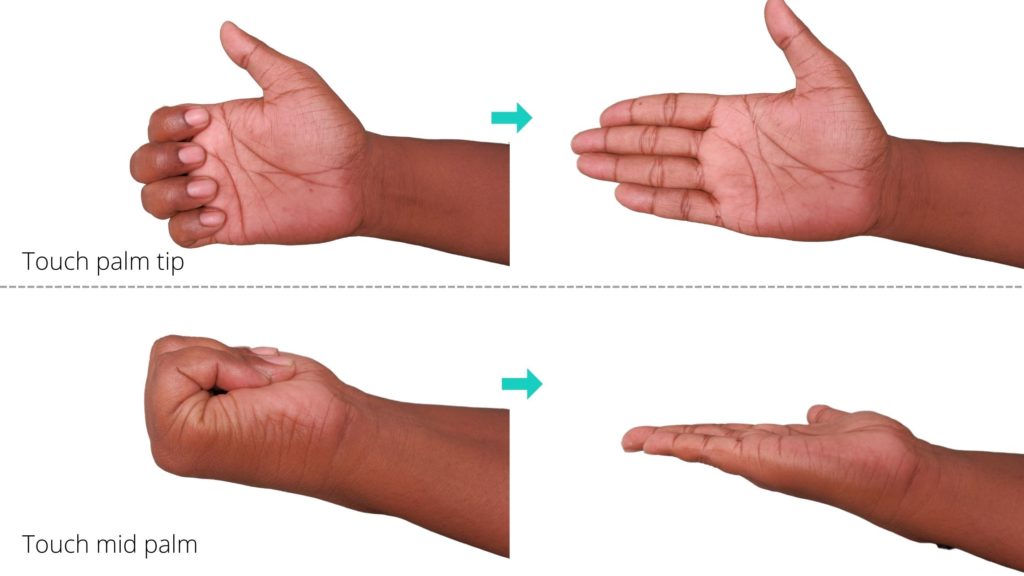
It is essential to keep your hands and fingers healthy. One exercise that can help achieve this is the finger stretch exercise.
- Start by spreading your fingers as wide as possible, then slowly bend them until your fingertips touch the top of your palm.
- Hold for a few seconds, then straighten your fingers and repeat the process, bending until your fingertips touch the middle of your palm.
- Open your fingers wide again, then bring your fingertips to touch the bottom of your palm.
- Next, bring your thumb to touch each fingertip, starting with your index finger and moving to your little finger.
- Finally, bring your thumb to touch different places on your palm.
- This exercise should be done in 3 sets, twice daily, to help improve flexibility and reduce finger tension.
Exercise Upgrade: Finger Resistance Bands – Adds gentle resistance to tendon gliding exercises for progressive strengthening.
- Strength – targeted extensor training to rapidly increase hand, wrist and forearm strength. As a finger trainer, this se…
- Rehabilitation – quick relief from wrist pain, golf elbow, tennis elbow, nerve damage, arthritis, carpal tunnel syndrome…
- Different levels of resistance – 5 pairs of different strength resistance bands (i.e. 10 bands in total), colour coded f…

#3 Finger Stretches for Flexibility
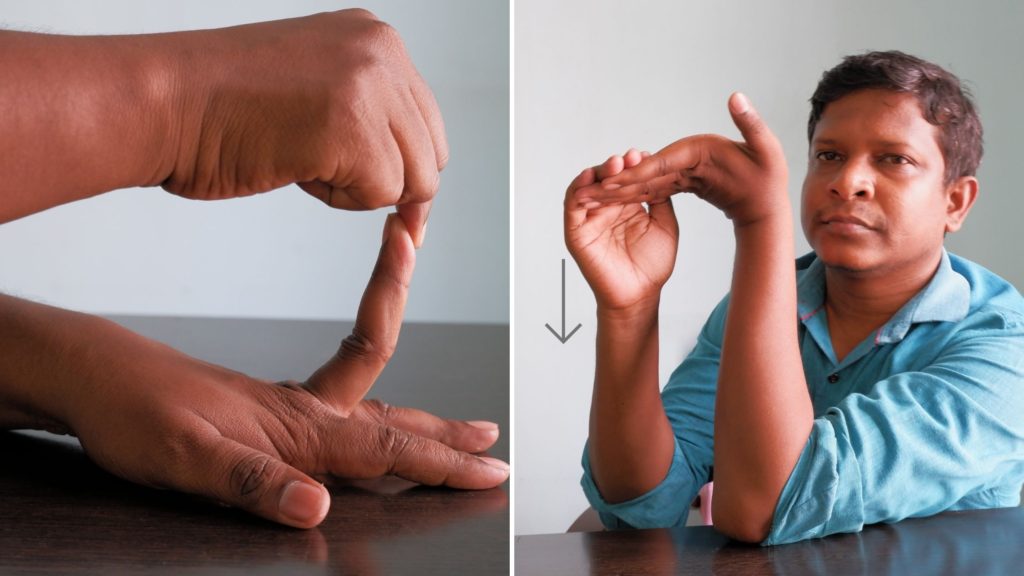
The first stretching exercise (first image) increases the extensibility of the contracted flexor retinaculum of any affected fingers. This exercise can be performed on each finger individually or on all affected fingers together. For this exercise
- To stretch the muscles and tendons in your fingers, start by placing your palm flat on a table or another flat surface.
- Next, gently pick up one of your fingers using your other hand’s index finger and extend it away from your palm.
- Keep extending the finger until you feel a comfortable stretch in the palm of your hand.
- Hold the stretch for about ten seconds, and then release the finger.
- Repeat this process with your fingers, stretching each finger only to the point where you feel comfortable and not to the point of pain or discomfort.
For the second stretching exercise,
- Sit down and stabilize your arm over a table.
- Using the other hand, place your palm facing upwards over the finger of the affected side.
- Apply a downward pressure to the affected finger and hold it for 30 seconds.
- This will provide a nice and comfortable stretch to the flexor muscles and tendons.
- To achieve the best results, this exercise should be repeated 3 to 4 times in a session.
#4 Grip Strengthening with Ball Squeezes
The fourth exercise in Dupuytren’s contracture exercises is the ball squeezing exercise. Squeeze a gel or sponge ball with your affected hand for this exercise.
This will also help improve blood circulation. Please do it for as many repetitions as possible.
- Unique soft feel Hand Exerciser ball for rehabbing and strengthening hands, and is essential for rock climbers, bodybuil…
- Great for increasing flexibility, range of motion, fine and gross motor skills, can be heated or cooled for hot and cold…
- Product may become tacky with use, and you can reduce stickiness simply by dusting product with either corn starch or ba…

#5 Heat Therapy & Contrast Baths
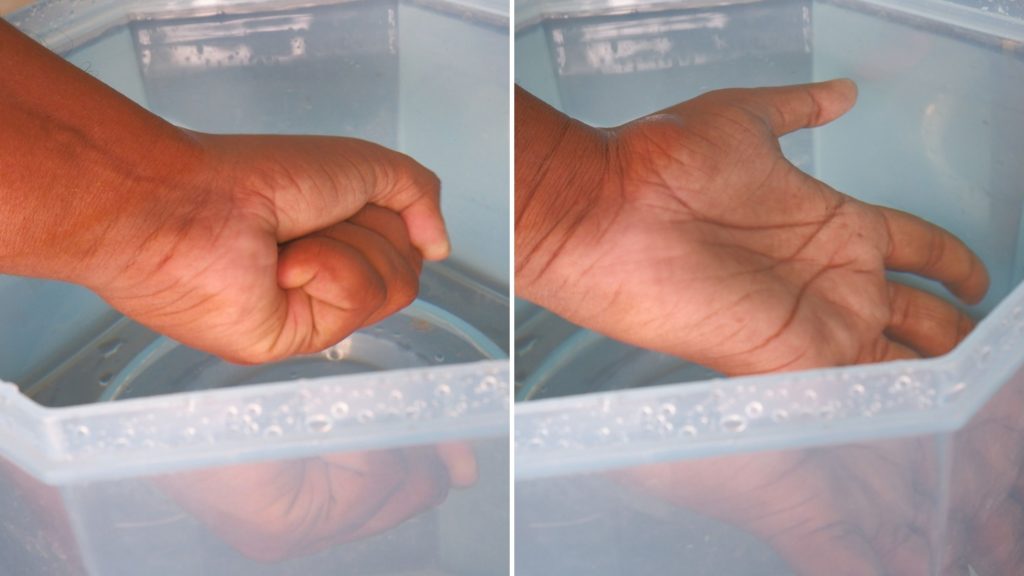
Next, you might want to try the hot treatment. You will need a bowl of warm water and one tablespoon of edible salt to do this.
- Start by immersing your affected hand in the water, making sure that the water covers the entire surface of your hand.
- Now, start making a tight fist and then slowly straighten your fingers.
- You should repeat this motion several times, taking time and being gentle with your affected hand.
- As you continue to do this, you will feel the water’s warmth penetrating your hand, helping to alleviate the stiffness and pain associated with Dupuytren’s contracture.
Once you have completed the exercise, remove your hand from the water and let it rest for a few minutes. If you want to try a more advanced version of this treatment, consider a contrast bath.
Contrast bath includes alternating between immersing your hand in hot and cold water.
Surgical Options for Severe Cases
Corrective surgery is the mainstay treatment for Dupuytren’s disease, from which most patients can gain significant functional improvement.
However, a few non-surgical treatments include corticosteroid injections to treat painful nodules. The medication is injected directly into the affected area.
Depending upon the condition, two surgical approaches are considered for Dupuytren’s contracture.
- Fasciectomy: complete or incomplete removal of the facia (including skin), suggested for extensive fascia involvement or recurrence of contracture.
- Fasciotomy: simple division of fascia, recommended for the less extensive case.
The satisfactory outcome depends not only on the degree of extension achieved but also on surgical complications and maintenance of some flexion for a functionally useful hand rather than a stiff, straight digit or a vascularly compromised finger requiring amputation.
Post-Surgery Rehabilitation & Physiotherapy
The most common complication is postoperative joint stiffness and loss of pre-operative flexion. Hand therapy and rehabilitation using thermoplastic night splints and regular physiotherapy exercises may aid in postoperative recovery.
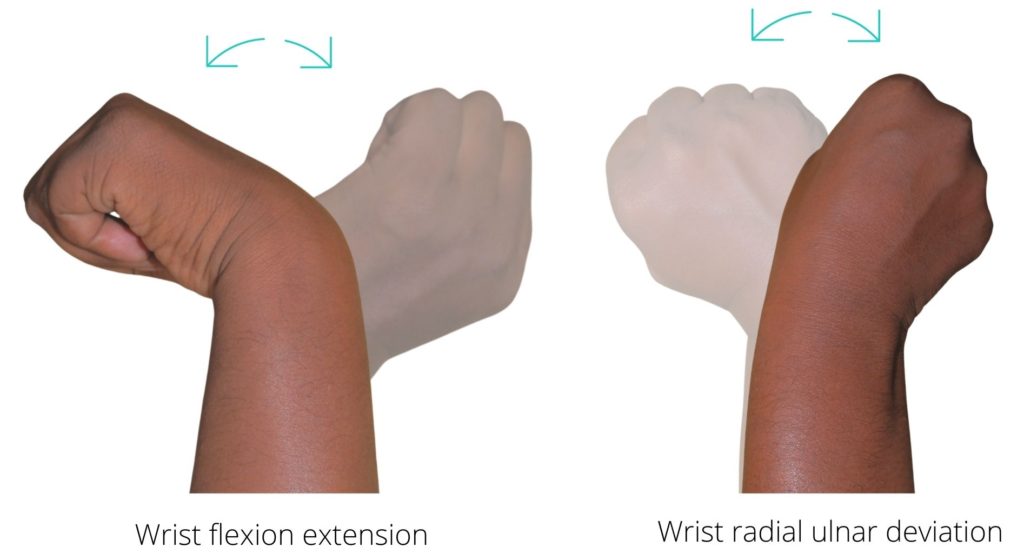
For wrist joint stiffness the recommended exercises are wrist flexion extension, wrist radial ulnar deviation and wrist circumduction.
Concluding statement
In conclusion, regular exercises can help manage the symptoms of Dupuytren’s contracture and may even help slow its progression.
However, it is important to consult with a healthcare professional before starting any new exercise routine to ensure that it is safe and appropriate for your individual needs.
Have you tried these exercises? Share your experience in the comments!
Keep Reading: 5 Easy Trigger Finger Exercises & Self-Massage Technique
FAQs About Dupuytren’s Contracture
The author is a physiotherapist who has been practising for the last 17 years. He holds a Bachelor's in Physiotherapy (BPT) from SVNIRTAR (Swami Vivekananda National Institute of Rehabilitation and Research), one of the prestigious physiotherapy schools in India.
Whatever he learns dealing with his patient, he shares it with the world through blogs and e-books. He also owns a YouTube channel, "Sunit Physiotherapist" with over 8 lakh active subscribers. Here, he shares everything he gets to learn serving the patient.


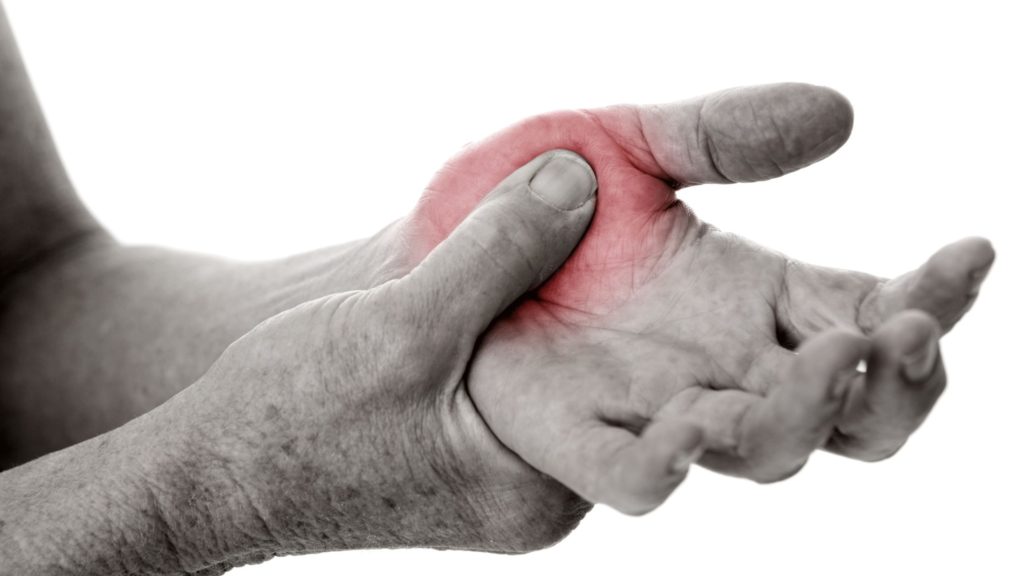
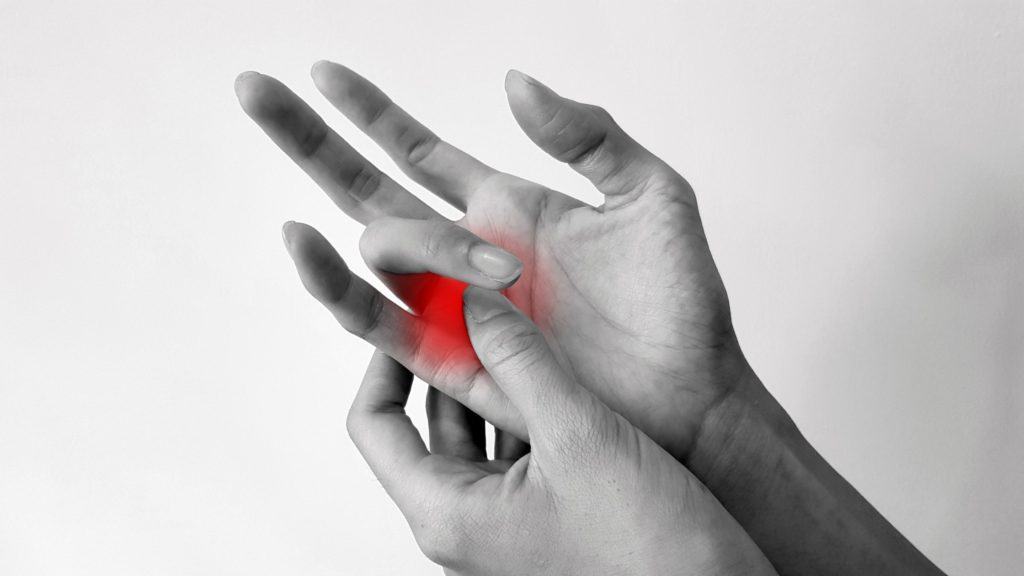

Pingback: 5 Easy Trigger Finger Exercises & Self-Massage Technique - Physiosunit